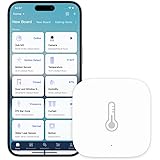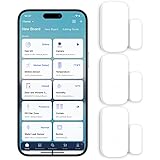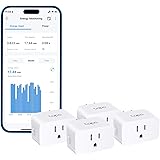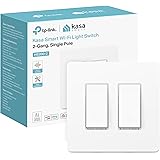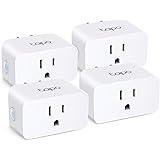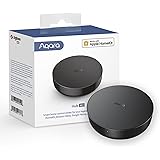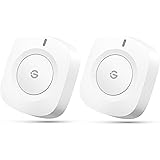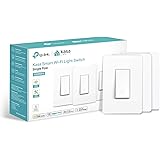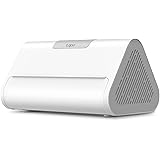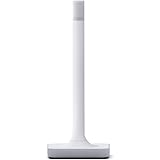
Home automation has become all but ubiquitous over the past several years. There’s nary a coffeemaker, AC unit or light bulb on the market today that doesn’t have an associated smartphone app, cloud service and subscription to allow you to control it from the beach during your vacation or set up automation routines to take some of the tedium out of daily life.
That’s not to say that smart homes aren’t useful, they most certainly are. But as the technology evolves, it’s starting to move beyond simple remote control of devices to a more intelligent level. For instance, Samsung’s SmartThings Energy offers an energy management system that monitors your appliances for inefficiencies and provides proactive tips for improving efficiency. And Amazon’s Alexa has a feature called Hunches that learns your routines and can automatically adjust your home to suit your schedule, such as turning off lights or raising the temperature before you go to bed.
And this is the real potential of a true smart home – it should be able to react to changes in your day without your needing to activate them manually. But to achieve this requires some “glue” in the middle, and that’s where home automation systems come in. In addition to allowing you to remotely access your devices from an app, these systems can set up automations that trigger one another, like arming the security system when you leave the house or turning off all of the lights when you’re gone for the night. They can also put your devices on a schedule that turns them off or on throughout the day, such as when you get up and when you go to bed.
The problem with a lot of these systems, though, is that they require some sort of cloud server to be able to function. This not only adds to the cost of your monthly subscription but it also means that your home automation may stop working in the event of a power outage or when your Internet provider goes down. That’s why it’s important to find a system that doesn’t rely on the cloud for its functionality and, instead, runs on your local network. This is known as ‘cloudless’ home automation.
There are a few different options available for cloudless home automation, with many of them being built on open source software such as Home Assistant and the Raspberry Pi. But before you start looking at the hardware, it’s a good idea to evaluate your home automation goals and determine what features are most important to you.
Once you’ve done that, finding the right system becomes much easier. The best way to do that is to look at the different options available for each of the main home automation platforms, such as Apple HomeKit, Google Home, and Amazon Alexa. Then, you can narrow down your options by evaluating which devices you already own and which are compatible with those systems. This will help you find a system that’s a good fit for your home and your lifestyle.
